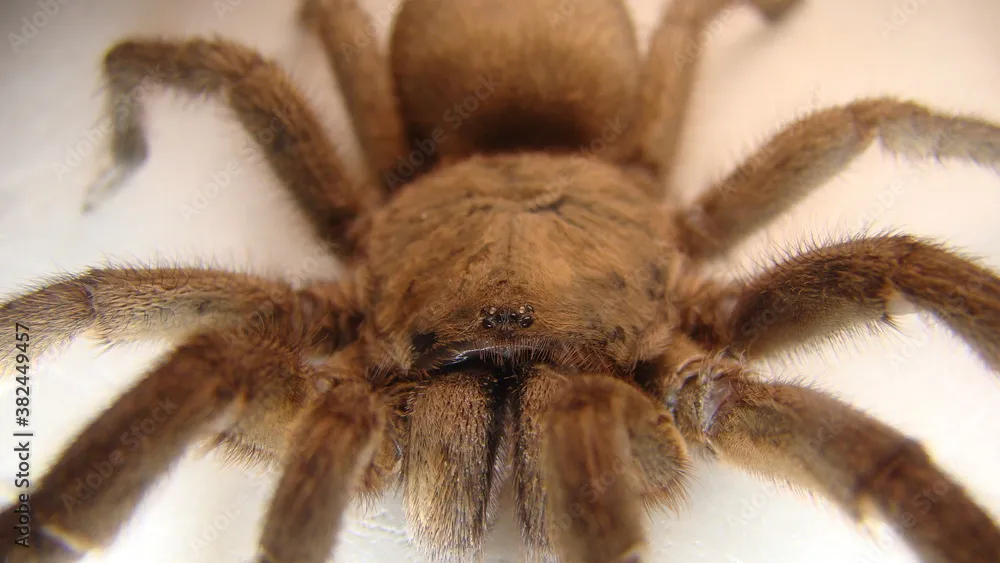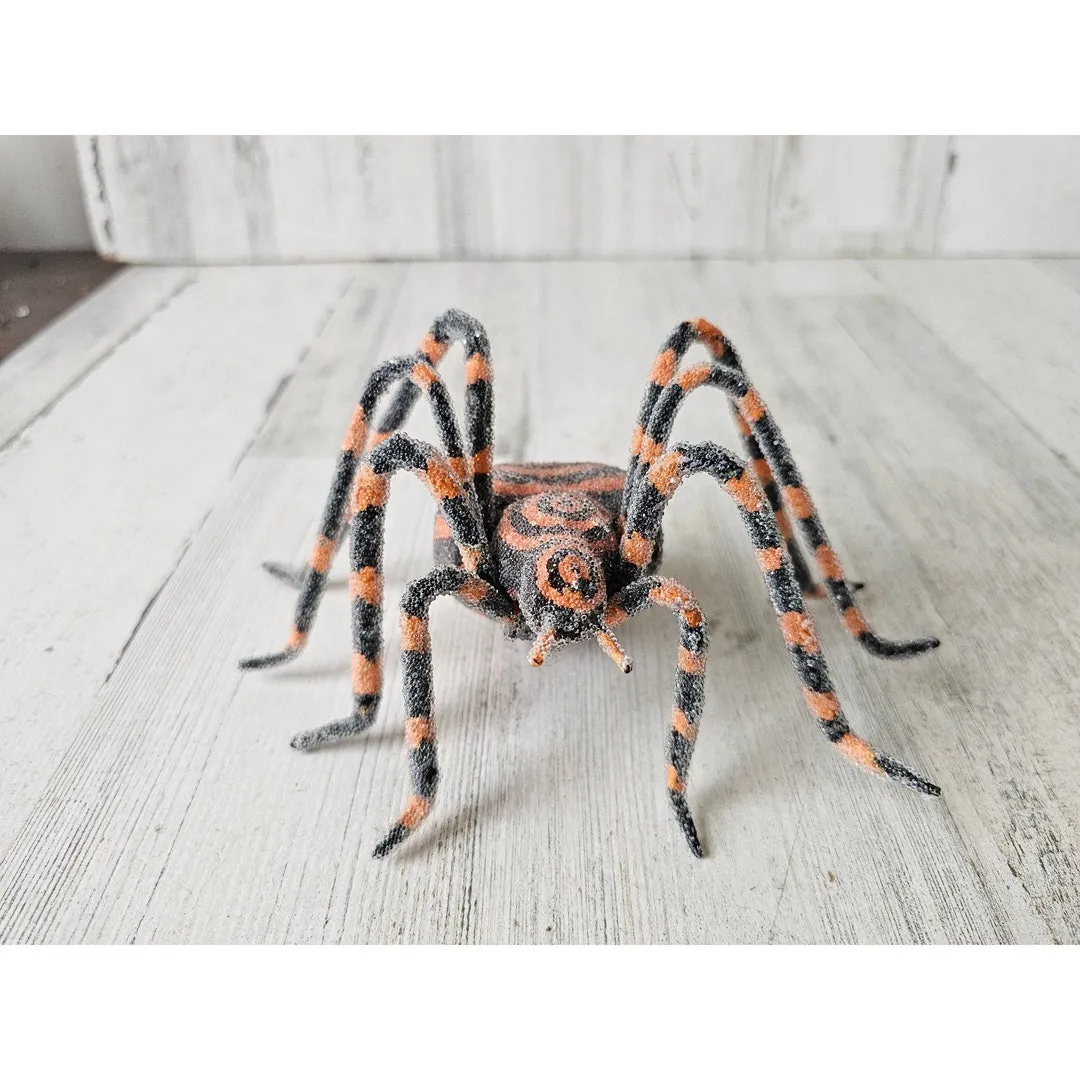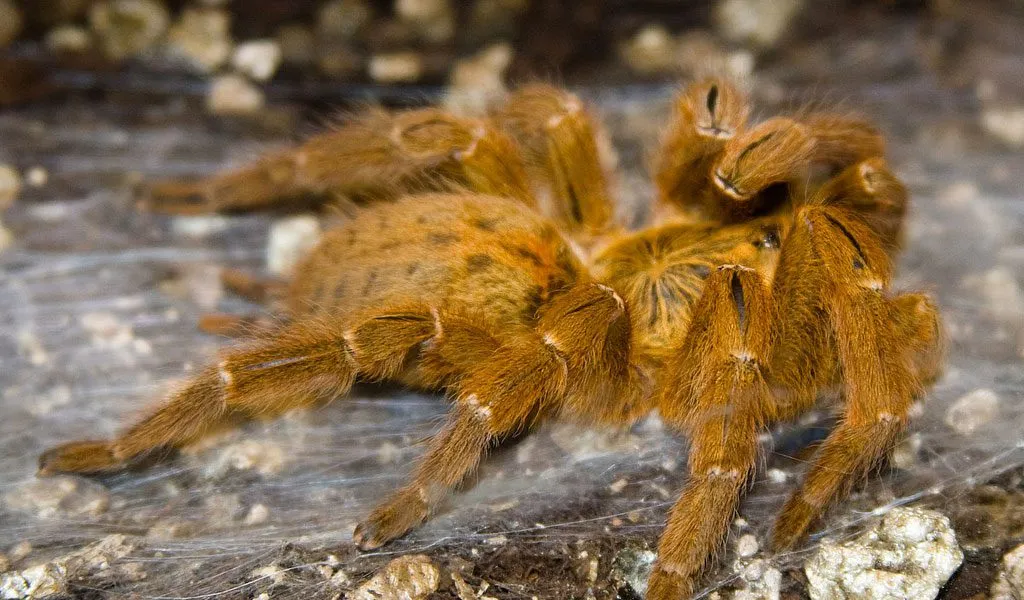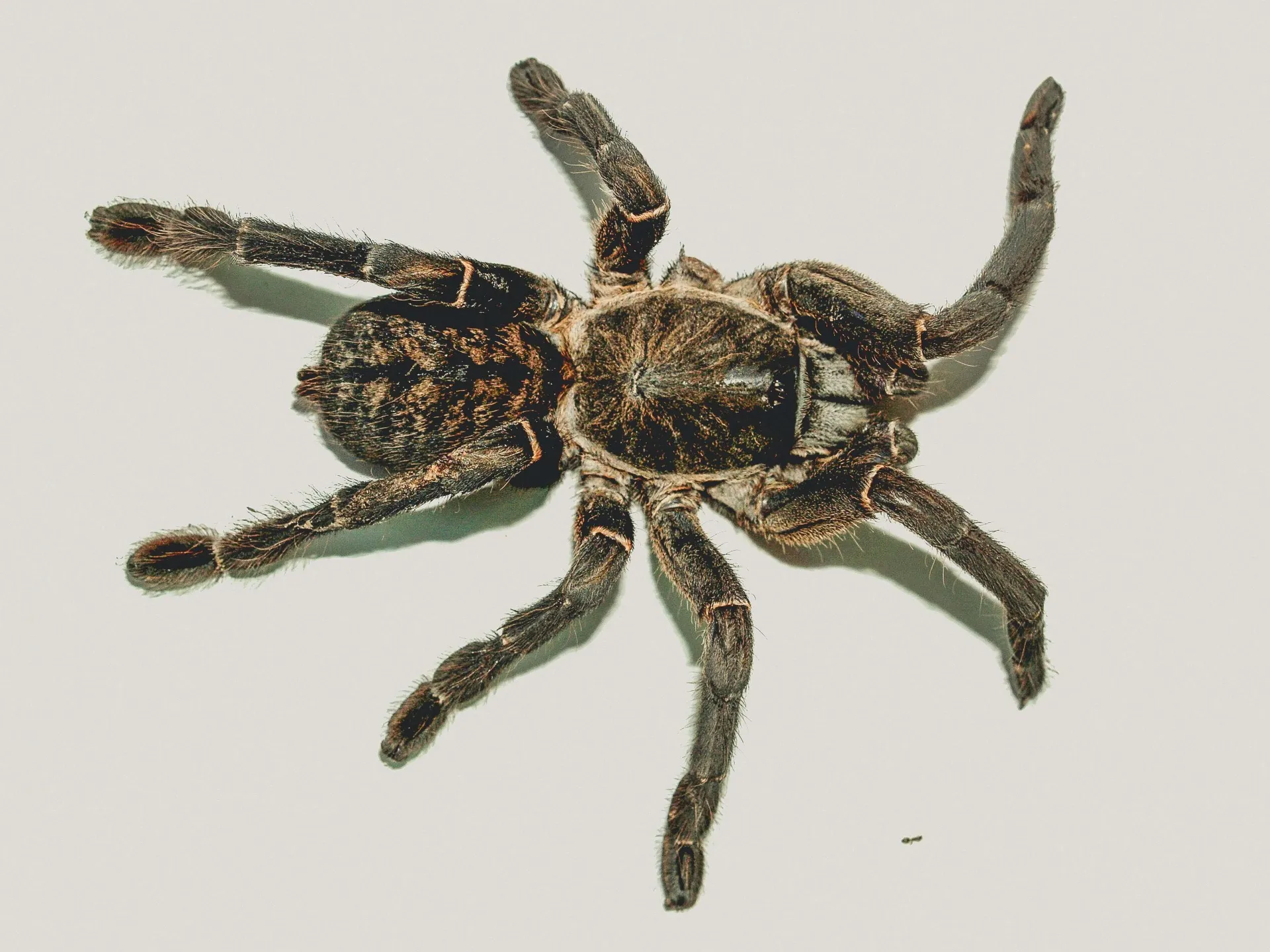What is the Average Life Expectancy of a Tarantula?
Tarantulas, with their fascinating appearances and relatively low-maintenance needs, have become popular pets for many. One of the most common questions from potential tarantula owners is about their lifespan. The life expectancy of a tarantula varies significantly depending on several factors, including the species, sex, and environmental conditions. Generally, tarantulas can live for a surprisingly long time compared to other pets, making them a long-term commitment. Understanding these factors is essential for anyone considering bringing one of these intriguing creatures into their home. This longevity is a key part of what makes tarantulas so captivating and why proper care is so important.
Factors Influencing Tarantula Lifespan
Several key elements impact how long a tarantula lives. These factors range from the spider’s genetics to the environment it lives in. Understanding these elements will help owners to give their pet tarantula the best possible life, as well as appreciate the various species. Proper care, appropriate habitat conditions, and attentive observation can significantly enhance a tarantula’s longevity. These key areas will be discussed below to further explain a tarantula’s life cycle.
Species Differences

Different species of tarantulas exhibit varying life expectancies. Some species, like the Chilean rose hair tarantula, are known for their relatively long lifespans, often living for 10-20 years. Other species, such as certain arboreal (tree-dwelling) tarantulas, might have shorter lifespans, perhaps only living for 5-10 years. The size and origin of the tarantula can also play a role in the length of their lifespan, with some of the larger, more robust species tending to live longer. When choosing a tarantula, research the specific species’ expected lifespan to ensure it aligns with your long-term commitment.
Sex of the Tarantula
The sex of a tarantula is a significant factor in its life expectancy. Female tarantulas generally live much longer than males. Females of some species can live for over 20 years, or even longer under ideal conditions. Males, on the other hand, typically have a much shorter lifespan. After reaching maturity, male tarantulas often live for only a few years, as their primary purpose becomes mating, which can take a toll on their bodies. When obtaining a tarantula, it is important to know the sex as the lifespan will be drastically different. It is also important to realize that it might not be possible to know the sex of a tarantula until the molt.
Environmental Factors
The environment in which a tarantula lives has a profound impact on its lifespan. Factors such as temperature, humidity, and the availability of food are critical. Tarantulas thrive in environments that mimic their natural habitats. Maintaining the correct temperature and humidity levels is essential for their health and molting process. Proper ventilation is also important to prevent mold and bacteria growth. Additionally, a clean and spacious enclosure helps reduce stress and promotes the tarantula’s well-being, contributing to a longer and healthier life. Poor conditions will drastically reduce the life of a tarantula.
Diet and Nutrition

A well-balanced diet is crucial for a tarantula’s health and longevity. Tarantulas are carnivores, and their diet should primarily consist of insects. Providing a variety of insects, such as crickets, mealworms, and roaches, ensures they receive the necessary nutrients. The size of the prey should be appropriate for the tarantula’s size, and uneaten prey should be removed from the enclosure to prevent injury to the tarantula. Fresh water should be consistently available for the tarantula to drink. Overfeeding can also shorten a tarantula’s life, so it is important to follow feeding guidelines and observe your tarantula’s behavior to avoid health issues.
Common Health Issues
Like any pet, tarantulas can be susceptible to certain health issues. Common problems include mites, fungal infections, and injuries from falls. Regular observation of your tarantula is crucial for early detection of any health concerns. Quarantine new tarantulas before introducing them to existing pets. Providing a clean and stress-free environment, along with proper nutrition, will help minimize the risk of health problems and ensure a longer life for your tarantula. Consulting with an experienced arachnid veterinarian is essential if you notice any unusual symptoms.
How to Ensure a Long Life for Your Tarantula
Caring for a tarantula involves understanding its specific needs and providing the right environment. Creating the correct habitat and following a good husbandry plan are key elements in maximizing your tarantula’s longevity. This section outlines practical steps for ensuring your tarantula lives a long and healthy life, providing you with all of the knowledge you will need.
Providing the Right Habitat

The tarantula’s enclosure should be spacious enough for it to move around comfortably, but not so large that it feels insecure. The type of enclosure should match the species of tarantula. A terrestrial (ground-dwelling) tarantula will need a different enclosure than an arboreal one. The enclosure should be made of a material that is easy to clean and provides adequate ventilation. Substrate, such as coconut fiber or peat moss, should be provided to maintain humidity. Include hiding places like cork bark or artificial plants to reduce stress. Regularly clean the enclosure to remove waste and uneaten food, which can harbor bacteria and mites.
Maintaining Proper Temperature and Humidity
Temperature and humidity are crucial for a tarantula’s health, molting, and overall well-being. Research the specific needs of your tarantula species, as requirements vary. Use a thermometer and hygrometer to monitor the enclosure’s conditions. A heat source, such as a heat mat or ceramic heat emitter, may be necessary to maintain the proper temperature, especially in cooler climates. Humidity can be maintained by misting the enclosure with water or providing a water dish. Avoid excessive humidity, which can lead to mold and fungal growth. The correct environment will help the tarantula to live to its full potential.
Feeding and Watering Your Tarantula
Feed your tarantula appropriately sized insects, removing uneaten food within 24 hours. The frequency of feeding depends on the tarantula’s age, species, and activity level. Young tarantulas typically need to be fed more often than adults. Always provide fresh, clean water in a shallow dish. Ensure the water dish is accessible and cannot be easily tipped over. Overfeeding can lead to health problems. It is best to feed them a varied diet of insects that have been properly gut-loaded to provide optimum nutrition. Monitor your tarantula’s abdomen to ensure it is not overfed or underfed.
Regular Health Checks and Observation

Regularly observe your tarantula for any signs of illness or distress. Look for changes in behavior, such as a lack of appetite, lethargy, or unusual posturing. Check for any visible signs of parasites or injuries. During molting, the tarantula is particularly vulnerable, so avoid disturbing it. Monitor its molting process and do not feed it until its fangs have hardened after the molt. Maintain a record of your tarantula’s health and any changes you observe. Being proactive will help you detect and address any health issues promptly, contributing to a longer life.
Interesting Facts About Tarantula Life Expectancy
Beyond the basic care, there are fascinating aspects of tarantula life expectancy. Understanding these unique details will deepen your appreciation for these remarkable creatures and their life cycles.
The Longest-Lived Tarantulas
Some tarantula species are known for their impressive lifespans, exceeding 20 years. Certain female species have recorded lifespans of over 30 years under ideal conditions. These long-lived species are a testament to the tarantula’s resilience and the impact of proper care. The exact lifespan can vary based on a variety of factors, including the species, genetics, and environment. These spiders represent a long-term pet commitment and require a lot of love and care from their owners.
Tarantulas as Pets

Tarantulas make captivating pets for those who appreciate their unique beauty and relatively low-maintenance care. They are typically quiet and do not require frequent interaction. Proper research, species selection, and meticulous care are essential for a fulfilling experience. Their life expectancy makes them a long-term commitment, requiring dedication and the ability to provide the correct environment for them to thrive. Owning a tarantula is an incredible experience that requires a deep understanding of its needs.
In conclusion, the life expectancy of a tarantula is a complex subject influenced by a variety of factors. By understanding these aspects and providing the proper care, you can significantly increase the chances of your tarantula living a long and healthy life. From providing a proper habitat to feeding your tarantula, the correct husbandry is paramount for ensuring the well-being and longevity of your tarantula. A well-cared-for tarantula can be a fascinating pet that you can enjoy for many years.
